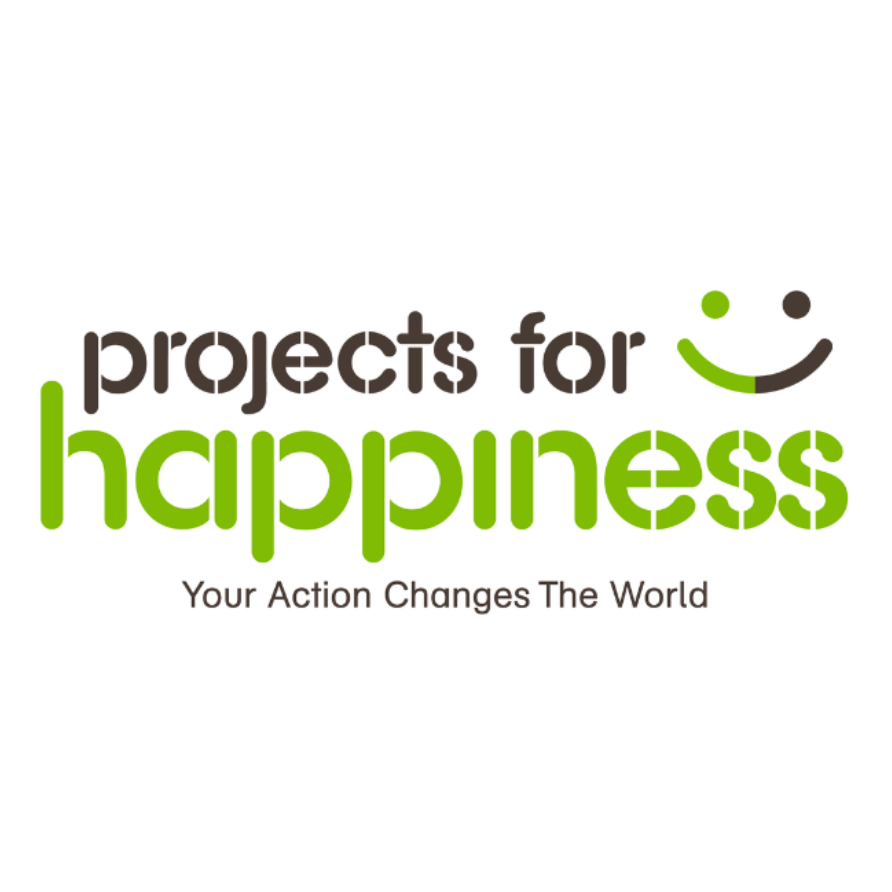
Filtration of Rooftop Rainwater
Environmental Protection
We found that the villagers of Kg Tagasan Jaya, Semporna, Sabah, have no clean water resources. Their water resource is mainly from rainwater which is unfiltered. They harvest rainwater from their rooftop which then goes directly to their water tank. This water is only used for chores such as car washing, and cleaning. For water used for cooking and drinking, the villagers have to bring their tank to the neighbouring village every single day to collect clean water as that village has clean water resource, Hence, we can see that there is a clear need for drinkable water in Kg Tagasan Jaya.In order to encourage the villagers to continue harvesting rainwater as it is a very sustainable resource, we decided to propose the introduction of ceramic water filter to them. Ceramic water filter had been introduced by UNICEF to Cambodia through a program called Water and Sanitation Program from 2002 to 2006, and it had produced a promising result and proven to be effective in improving drinking water quality of the people of Cambodia. Therefore, by introducing ceramic water filter to the villagers of Kg Tagasan, it will not only maintain sustainable attitudes among them i.e. rainwater harvesting, but would also help to reduce their burden of having to go back and from the neighbouring village every day, thus contributing to happiness in the community.

Overview of Issue / Background
We found that the villagers of Kg Tagasan Jaya, Semporna, Sabah, have no clean water resources. Their water resource is mainly from rainwater which is unfiltered. They harvest rainwater from their rooftop which then goes directly to their water tank. This water is only used for chores such
as car washing, and cleaning. For water used for cooking and drinking, the villagers have to bring their tank to the neighbouring village every single day to collect clean water as that village has clean water resource, Hence, we can see that there is a clear need for drinkable water in Kg Tagasan Jaya.
In order to encourage the villagers to continue harvesting rainwater as it is a very sustainable resource, we decided to propose the introduction of ceramic water filter to them. Ceramic water filter had been introduced by UNICEF to Cambodia through a program called Water and Sanitation Program from 2002 to 2006, and it had produced a promising result and proven to be effective in improving drinking water quality of the people of Cambodia. Therefore, by introducing ceramic water filter to the villagers of Kg Tagasan, it will not only maintain sustainable attitudes among them i.e. rainwater harvesting, but would also help to reduce their burden of having to go back and from the neighbouring village every day, thus contributing to happiness in the community.
Project Objectives (Vision & Mission)
VISION
1. To deliver a sustainable result through large scale project at minimal operational and management cost.
2. To expose the local community of Kg Tagasan Jaya, Semporna about the method of filtering rooftop rainwater harvest using ceramic water filter.
3. To ensure that villagers of Kg Tagasan Jaya, Semporna do not face clean water supply problem anymore in the future. Hence, spreading happiness around the community.
MISSION
1. To encourage the villagers of Kg Tagasan Jaya, Semporna to continue harvesting rainwater from the rooftop and at the same time helping the community to solve the clean water resources problem.
2. To help improve the current living conditions of the villagers of Kg Tagasan Jaya, Semporna by supporting the low income families using generated fund.
3. To educate and demonstrate the villagers of Kg Tagasan Jaya, Semporna about the preparations and processes to build simple ceramic water filter.
Project Details (Activities and Tasks)
This project consists of two main tasks:
1. Ceramic water filter making
Before the event, the ceramic water filter will be made by the committee of this project and the ceramic will be baked at Faculty of Humanities, Arts and Heritage (FKSW), UMS. The ceramic water filter must have certain porosity and permeability to enable it filter water at suitable rate. Hence, study on the ceramic water filter will be done by the group members based on existing literatures and specialist from UMS. However, this would still depend on the cost of fabrication. We target to fabricate by our own due to availability of local materials, in-house equipments and experts in UMS.
2. Installation of ceramic water filter
During the proposed time event, the ceramic water filter will be installed by the committee members and joint-force with the villagers. Before the installations however, a briefing on how the ceramic water filter will be assembled and its maintenance are conducted to give the villagers a brief idea on how the water filter works. Through this activity, it is hoped that the awareness of how sustainable habit such as rainwater harvesting can be made better and thus, continued to be practiced is spread among the villagers.
The villagers of Kg Tagasan Jaya, Semporna, Sabah had long been practicing a sustainable habit which is rooftop rainwater harvesting. Therefore, we would like to enhance and make this habit better by making the harvested rainwater drinkable. This is done through the introduction of ceramic water
filter. Through this solution, we could help the villagers not only environmentally, but also socially and
economically as we could reduce their burden,
This convergence of sacial, economic, and environmental criteria offers clear indication that the
ceramic filter technology is a more sustainable choice for clean water treatment in developing countries than the centralized treatment systems that have been widely adopted in industrialized countries. The ceramic filters also exhibit better environmental performance for evaluated life cycle impacts to make clean water for use by villagers.
To use the ceramic filters, families fill the top receptacle or the ceramic filter itself with water, which
flows through the ceramic filter or filters into a storage receptacle. The treated water is then accessed
via a spigot embedded within the water storage receptacle, The filters are produced locally at ceramics facilities, and then impregnated with colloidal silver to ensure complete removal of bacteria in treated water and to prevent growth of bacteria within the filter itself, Numerous other locally-made and commercial ceramic filters are widely available in developed and developing countries. The benefits of ceramic filtration are proven reduction of bacteria and protozoa in water, simplicity of use and acceptability, proven reduction of diarrheal disease incidence for users, long life if the filter remains unbroken and a low one-time cost.
Expected Project Result & Outcomes
1. We will be able to apply the theoretical learning of the effect of porosity of ceramics water filter
in this project in order to determine the rate of water flow.
2. We will be able ta know how the ceramics water filter works from start until the clean water is
3. This project can strengthen the relationship between communities and students directly and
4. Increase the awareness among the communities and students regarding the importance of
sustainable habit such as rainwater harvesting and how to improve them.
0% of RM1.00 Goal
